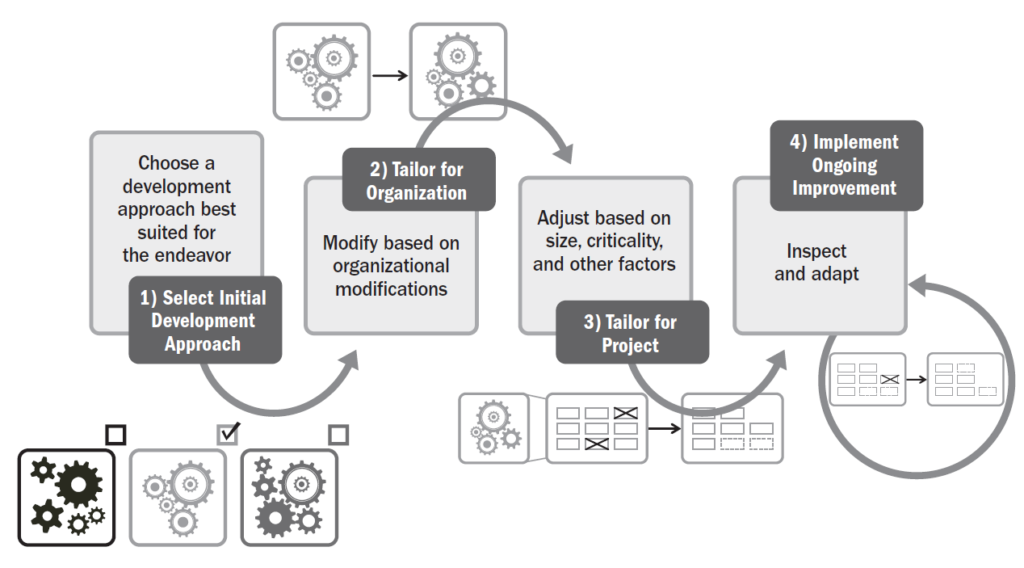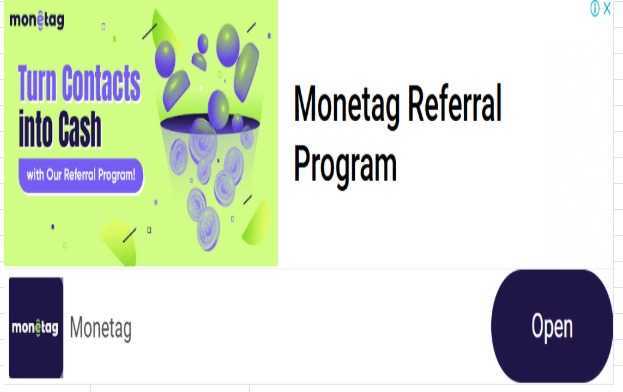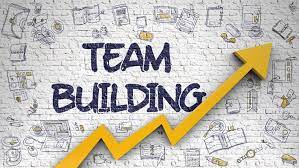Introduction
In the dynamic world of project management, assembling a project team is not enough—developing that team into a cohesive, high-performing unit is essential for delivering successful outcomes. The Project Management Institute (PMI), through the PMBOK® Guide (Project Management Body of Knowledge), emphasizes the importance of team development as a core component of project execution.
Project Team Development Models provide frameworks that guide project managers in understanding team behavior, resolving conflicts, building trust, and aligning individual and group efforts with project objectives. These models help identify the stages of team evolution and offer strategic interventions to foster collaboration, productivity, and innovation.
This blog explores the most recognized Project Team Development Models relevant to the PMBOK Guide, including:
- Tuckman’s Team Development Model
- Lencioni’s Five Dysfunctions of a Team
- Bruce W. Tuckman’s Extended Model
- Belbin Team Roles
- Emotional Intelligence in Teams
- Situational Leadership Model
- The GRPI Model
- Wheelan’s Integrated Model of Group Development
We’ll examine their components, relevance in project environments, and best practices for implementation.
1. Importance of Team Development in PMBOK
The PMBOK Guide identifies Team Development as a key responsibility of the Project Resource Management knowledge area. It emphasizes that team development:
- Enhances project performance.
- Reduces conflict and fosters trust.
- Improves communication and decision-making.
- Increases stakeholder satisfaction and team morale.
The process of team development in PMBOK is supported by interpersonal skills, leadership styles, and communication techniques, and is directly linked to project success.
2. Tuckman’s Team Development Model
Origin
Developed by Bruce Tuckman in 1965, this model outlines five distinct stages of team development:
- Forming
- Storming
- Norming
- Performing
- Adjourning (added later)
Description of Stages
- Forming: Team members are introduced. Roles and responsibilities are unclear. There’s high dependence on the project manager.
- Storming: Conflicts may arise as personalities clash and differing working styles become apparent. Critical stage for leadership.
- Norming: Team members begin to resolve conflicts, establish norms, and focus on collaboration.
- Performing: The team functions as a cohesive unit. High productivity and independence are observed.
- Adjourning: Team disbands post-project. Focus shifts to closure, recognition, and transitioning.
Application in PMBOK
This model aligns closely with PMBOK’s emphasis on progressive team development. Understanding the phases enables proactive leadership to accelerate team maturity.
Best Practices
- Encourage open dialogue during storming.
- Set clear expectations and team norms.
- Celebrate achievements at adjourning.
3. Lencioni’s Five Dysfunctions of a Team
Overview
Patrick Lencioni’s model outlines five dysfunctions that hinder team success:
- Absence of Trust
- Fear of Conflict
- Lack of Commitment
- Avoidance of Accountability
- Inattention to Results
Pyramid Structure
The model is often visualized as a pyramid, with trust forming the foundation. Each dysfunction builds upon the previous one.
Application in Project Management
- Trust is key for remote and cross-functional teams.
- Teams must engage in productive conflict to refine ideas.
- Commitment requires clarity in goals and roles.
- Accountability can be promoted through performance metrics.
- Results orientation aligns with PMBOK’s performance focus.
Project Manager’s Role
- Facilitate trust-building activities.
- Encourage healthy debates.
- Clarify deliverables and ownership.
4. Tuckman’s Extended Model – Emotional Intelligence
Tuckman’s model can be expanded with emotional intelligence (EQ), a key factor in team resilience and adaptability. Daniel Goleman’s five components of EQ—Self-awareness, Self-regulation, Motivation, Empathy, and Social Skills—are instrumental in managing team dynamics.
Link to PMBOK
- EQ fosters effective communication and conflict resolution.
- It supports PMBOK’s leadership competencies.
- Emotionally intelligent leaders create inclusive environments.
Practical Implementation
- Conduct EQ training sessions.
- Include EQ in performance evaluations.
- Encourage feedback loops to improve interpersonal understanding.
5. Belbin Team Roles
Overview
Dr. Meredith Belbin identified nine team roles that individuals tend to adopt. These roles fall into three categories:
- Action-oriented: Shaper, Implementer, Completer Finisher
- People-oriented: Coordinator, Teamworker, Resource Investigator
- Thought-oriented: Plant, Monitor Evaluator, Specialist
Value in Projects
Understanding these roles helps:
- Create balanced teams.
- Assign tasks based on strengths.
- Reduce interpersonal friction.
PMBOK Application
Belbin’s model supports effective resource allocation and task delegation—both essential parts of the PMBOK’s Resource Management processes.
Best Practice
- Use psychometric tools to identify team roles.
- Rotate responsibilities to build cross-functional skills.
6. Situational Leadership Model (Hersey-Blanchard)
Concept
This model suggests that leadership style should adapt to the maturity and competence level of the team members. The four styles are:
- Telling: High direction, low support
- Selling: High direction, high support
- Participating: Low direction, high support
- Delegating: Low direction, low support
PMBOK Alignment
PMBOK emphasizes tailored leadership. Situational leadership enables project managers to:
- Meet individuals where they are.
- Build competence over time.
- Increase team autonomy.
Project Manager’s Role
- Diagnose development level.
- Apply the right leadership style.
- Transition to delegation as team grows.
7. The GRPI Model
Developed By
The GRPI Model (Goals, Roles, Processes, Interpersonal relationships) was developed by Richard Beckhard.
Components
- Goals: Clear objectives and alignment.
- Roles: Defined responsibilities.
- Processes: Agreed methods and workflows.
- Interpersonal: Trust and collaboration.
Relevance to PMBOK
Each GRPI component corresponds to PMBOK’s process groups:
- Goals ↔ Integration Management
- Roles ↔ Resource Management
- Processes ↔ Planning/Execution
- Interpersonal ↔ Communication/Stakeholder Management
Benefits
- Diagnoses the root cause of team dysfunction.
- Encourages systemic thinking.
- Helps improve productivity and reduce misunderstandings.
8. Wheelan’s Integrated Model of Group Development (IMGD)
Overview
Susan Wheelan’s model outlines five team development stages similar to Tuckman’s, but with more emphasis on task performance and team productivity.
- Dependency and Inclusion
- Counter-dependency and Fight
- Trust and Structure
- Work and Productivity
- Termination
Insights for Project Managers
- Emphasizes performance improvement.
- Validated by empirical research.
- More realistic depiction of modern, diverse teams.
Application in PMBOK Context
- Aligns with team performance measurement.
- Useful for remote or agile teams where stages may blur.
9. Tools and Techniques for Team Development (PMBOK-Specific)
PMBOK recommends various tools and techniques for enhancing team performance:
- Team-building activities
- Training
- Recognition and rewards
- Co-location or virtual tools
- Interpersonal and team skills (facilitation, decision-making, etc.)
- Conflict management
- Performance assessments
These are supported by the Develop Team process in the PMBOK, which aims to improve competencies, team member interaction, and overall team environment.
10. Agile and Team Development
Agile Mindset
In Agile, team development is continuous and relies heavily on:
- Servant leadership
- Empowered teams
- Daily collaboration
- Retrospectives for improvement
Agile frameworks like Scrum integrate development models such as Tuckman and Belbin implicitly.
PMI’s Disciplined Agile (DA)
DA recommends using “Choose Your WoW” (Way of Working) to adapt development practices to team needs, reinforcing the value of flexible team development strategies.
11. Cultural and Global Considerations
Importance of Cultural Sensitivity
Modern teams are often cross-cultural and dispersed. Team development models must account for:
- Communication barriers
- Diverse values and work ethics
- Time zone challenges
PMI Guidance
- Tailor models to respect cultural norms.
- Promote inclusivity and equity in leadership.
- Use collaboration tools effectively.
12. Measuring Team Development
Metrics Include:
- Velocity and Burndown (Agile)
- Team performance appraisals
- Engagement scores
- 360-degree feedback
- Conflict resolution frequency
PMBOK supports continuous improvement through monitoring and controlling of team effectiveness.
13. Challenges in Team Development
- Resistance to change
- Unclear roles and expectations
- Personality conflicts
- Lack of trust
- Remote team difficulties
Solutions
- Use proven models to diagnose issues.
- Conduct regular feedback sessions.
- Provide training and coaching.
- Align personal goals with project goals.
14. Integrating Models for Maximum Impact
No single model is universally perfect. PMBOK encourages tailoring approaches. An effective strategy could involve:
- Tuckman’s stages to track maturity
- Belbin for role allocation
- Lencioni to identify dysfunctions
- Situational Leadership for daily guidance
- GRPI to structure team design
Conclusion
Project Team Development is not a one-time activity but an ongoing process that requires deliberate leadership, emotional intelligence, and strategic planning. The PMBOK Guide reinforces this by embedding team development into its core knowledge areas and emphasizing it as critical to project success.
By understanding and applying Project Team Development Models—Tuckman, Lencioni, Belbin, Situational Leadership, GRPI, and others—project managers can cultivate collaborative, committed, and high-performing teams.
In an era where projects are increasingly complex and global, the need for adaptive and inclusive team development strategies is greater than ever. Leveraging these models in alignment with PMI’s standards offers a structured path toward effective team performance and successful project delivery.



